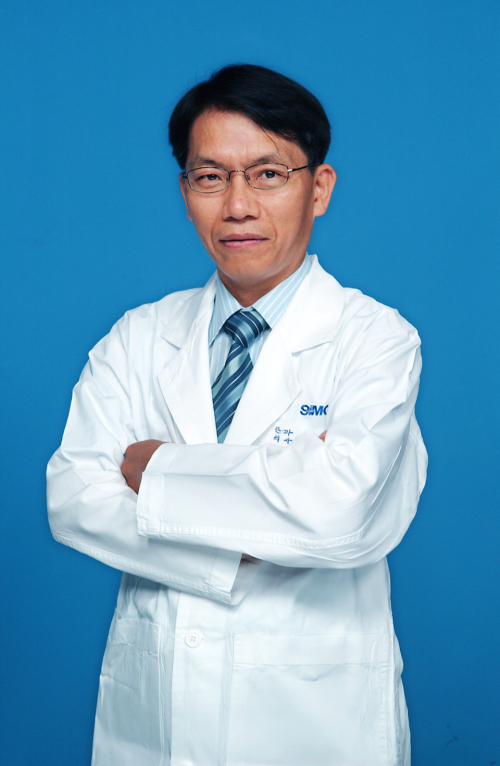Strabismus is a visual defect in which the eyes are misaligned and point in different directions. One eye may look straight ahead, while the other eye turns inward, outward, upward or downward. You may always notice the misalignment, or it may come and go. The turned eye may straighten at times and the straight eye may turn.
Strabismus is one of the most common pediatric eye problems ― approximately 4 percent of children are born with the condition. However, strabismus can also affect adults. It occurs equally in males and females.
Strabismus is one of the most common pediatric eye problems ― approximately 4 percent of children are born with the condition. However, strabismus can also affect adults. It occurs equally in males and females.

Strabismus is caused by an eye muscle imbalance. A misplaced muscle or weak muscle causes one eye to turn in, out, up or down. Although the exact reason for the defect in the eye muscles is unknown, strabismus is frequently hereditary in nature.
Eye movement is controlled by three pairs of muscles which are attached to the outside of each eyeball. One set moves the eye right or left, while the other two sets move the eye up and down and control tilting movements.
For normal vision, both eyes must line up together and focus on a single object. Each pair of muscles must be balanced and working together with the corresponding muscles of the other eye. When the muscles do not work together, strabismus occurs.

The main symptom of strabismus is an eye that is not straight. Sometimes children will squint one eye in bright sunlight or tilt their head to use their eyes together.
Strabismus is often difficult to detect. The condition may be present at birth or may develop two to three years later. With strabismus, the eyes may appear abnormal all the time or only when the child is ill, tired or concentrating on near objects.
Infants often appear to have strabismus when they do not. Because the bridge of an infant’s nose is flat and underdeveloped, the extra skin in either side of the nose may cover up the inner white portion of the eye. This makes the eyes appear to be crossed when they are not. As the child grows, the nose narrows and the eyes appear normal.
A complete eye examination is necessary to diagnose strabismus. It is recommended that all children have their vision checked by an ophthalmologist on or before their third birthday. If there is a family history of strabismus or amblyopia, an ophthalmologist can check vision even earlier.
Treatment
The goal of strabismus treatment is to restore good vision first, then to straighten the eye, and finally, if possible, to make the eyes work together. Children who are farsighted may cross their eyes when looking at close objects. In such cases, glasses are often prescribed to help straighten their eyes. Sometimes eye glasses which correct farsightedness will successfully straighten the eyes. However, additional treatment is often necessary.
If non-surgical methods fail to correct strabismus, surgery to adjust the muscle tension in one or both eyes may be necessary. A tiny incision is made in the outer covering of the eye where the muscles are attached. The muscles are either strengthened or weakened to achieve the correct tension.
By Oh Sei-yeul, MD., PhD.
The author is a doctor at the Department of Ophthalmology of the Samsung Medical Center. ― Ed.









![[Kim Seong-kon] Democracy and the future of South Korea](http://res.heraldm.com/phpwas/restmb_idxmake.php?idx=644&simg=/content/image/2024/04/16/20240416050802_0.jpg&u=)







![[KH Explains] Hyundai's full hybrid edge to pay off amid slow transition to pure EVs](http://res.heraldm.com/phpwas/restmb_idxmake.php?idx=652&simg=/content/image/2024/04/18/20240418050645_0.jpg&u=20240418181020)

![[Today’s K-pop] Zico drops snippet of collaboration with Jennie](http://res.heraldm.com/phpwas/restmb_idxmake.php?idx=642&simg=/content/image/2024/04/18/20240418050702_0.jpg&u=)